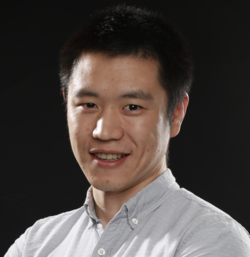Distributed AI in Networked Systems: A Graph-Based Neuro-Symbolic Perspective
Date:
https://cesg.tamu.edu/2025/03/19/cesg-seminar-zhongyuan-zhao/
Abstract
Artificial intelligence has achieved remarkable success in processing regular, unstructured data, such as language and images, where information is supported on structured grids (tokens in 1D sequences, pixels in 2D grids). However, networked systems—such as communication networks, transportation and logistics systems, and fog/edge/cloud computing—pose fundamentally different challenges for standalone AI. These systems involve parallel and rule-based operations, irregular and dynamic structures, and real-time, high- stakes decision-making, rendering standalone AI systems insufficient. This talk explores graph-based neuro- symbolic approaches that incorporate domain knowledge to enable AI adhere to rules and protocols, learn and adapt with smaller models and less training data, while remaining scalable and interpretable. I will first introduce graph neural networks (GNNs) as a universal workhorse for learning from graph-structured data. Next, we will dive into graph-based deterministic policy gradient (GDPG), a general framework that enhances rather than replaces domain-specific heuristics with GNNs. Using link scheduling in self-organizing wireless networks as an example, we will explore how this approach can tackle key challenges in networked systems— real-time constraints, combinatorial decision spaces, lack of labeled data, and the need for scalability and interpretability. This talk will conclude with an overview of recent advances, potential applications, and broader implications of this framework, including its relevance to biological networks (e.g., protein interaction networks), adaptive traffic signal control, and knowledge graphs.
